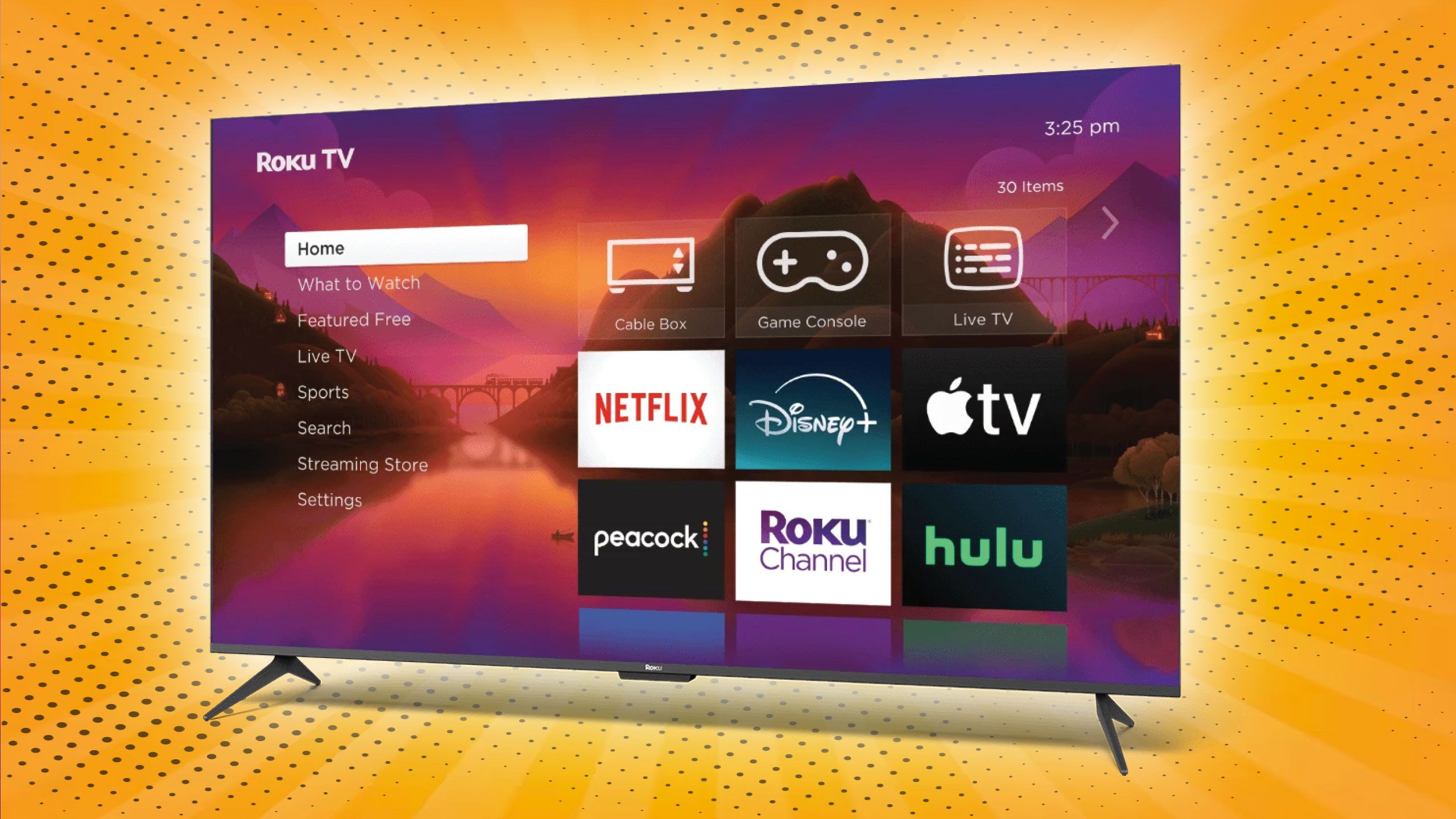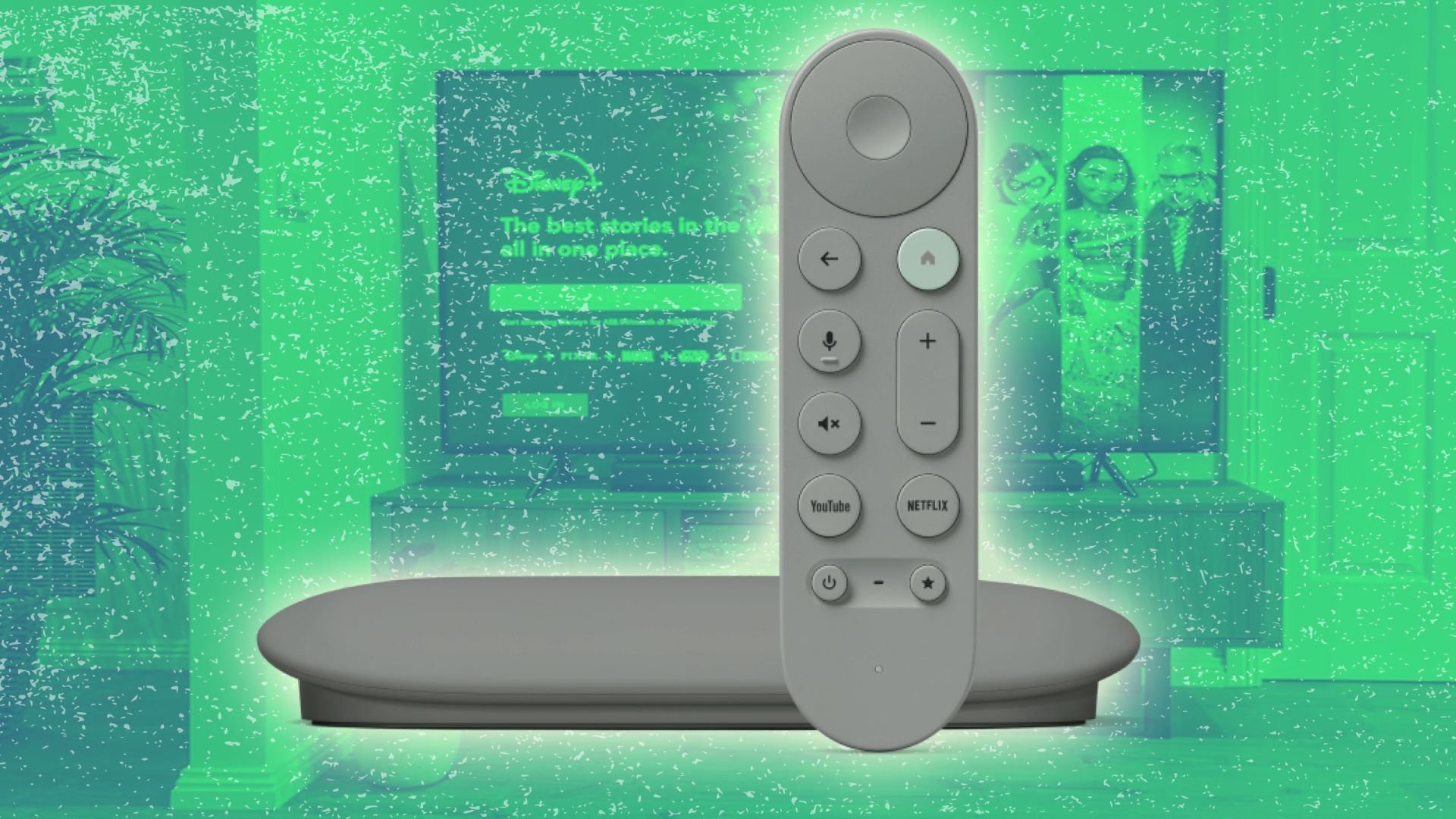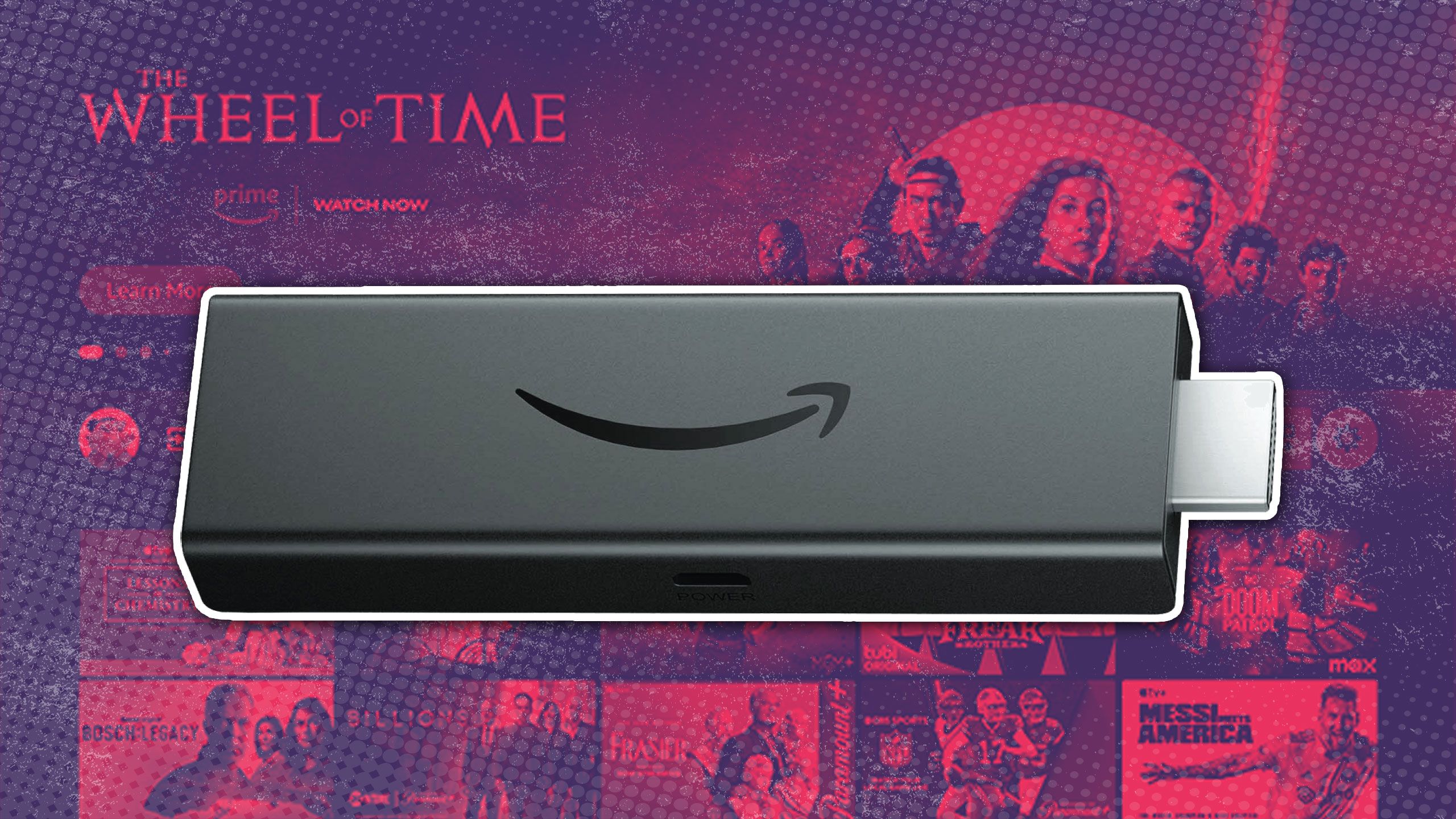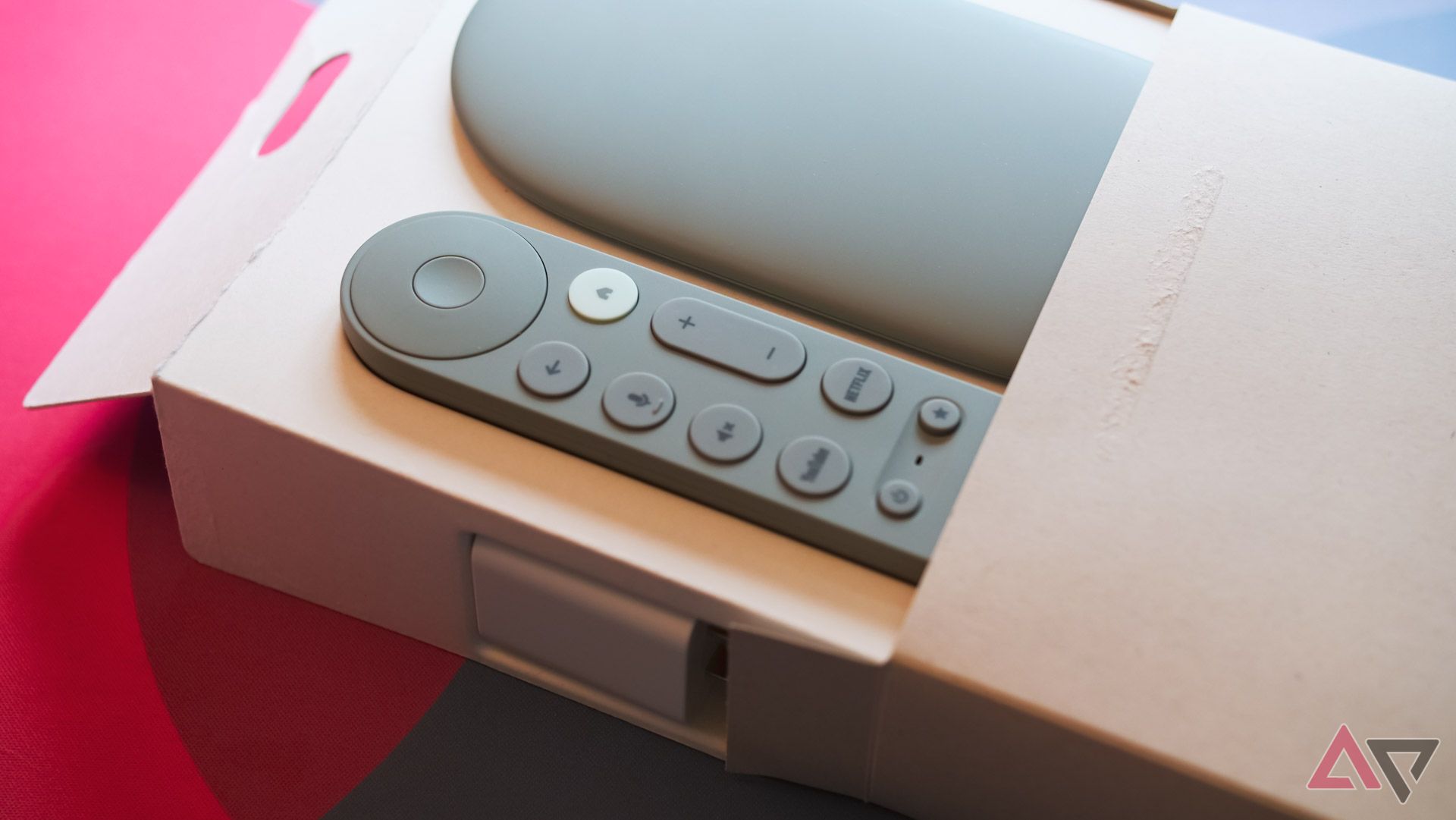How we access content on TVs has changed over the years. We went from antennas connected to our TVs to getting a few channels, and now thousands of channels, shows, and movies are accessible on demand. What’s wilder is watching all that content. You don’t have to be tethered to a TV. You can watch it on your favorite smartphone. Still, the TV is the place to be when it’s time to unwind or catch the latest hit movie.
You don’t need extra devices to access your favorite content, with televisions having the necessary hardware built in. I thought I was thankful this was available. That was until my nearly three-year-old Amazon Fire TV Omni began slowing down and becoming something I had to battle with to watch a show. After noticing this, I performed a reset to see if that helped, and it did for a short time. It also raised concerns about smart TVs and convinced me never to buy one again.
Related
6 features I prioritize when buying a smart TV
Consider these six features when shopping for a smart TV
3
Dated hardware
And you’re stuck with it
The days when you went to the store, you could feel confident that if you bought a TV, it would be relevant in terms of technology for five years. Now, buying a new TV is almost as daunting as buying a new car or smartphone. The technologies used to make movies and TV shows look great are vast and ever-changing. Not to mention the audio features and streaming technologies.
This makes purchasing a new smart TV difficult. Because you’re spending at least a few hundred dollars on a TV with the expectation that it’s a one-and-done purchase where you can take it home, power it on, connect it to Wi-Fi, and start watching. No plugging in extra stuff or keeping track of a second remote. However, chances are that if you bought an entry-level smart TV for $300, the hardware that makes it smart is likely entry-level or old. This is where the main crux of my issue with smart TVs lies.
Dated hardware makes the experience of using a television bad, has a higher chance of being dropped from manufacturer support, and poses security risks. You are connecting this TV to your home’s internet, and an unsecured connection point can expose your network. There are many great streaming devices, but when the one built into your new TV is old or basic, you’re stuck with it. While you can always plug in something like a Google TV Streamer, you bought the smart TV, so you didn’t have to.
Related
6 Google TV Streamer tips and tricks to unlock its full potential
Unleash the full power of your Google TV Streamer
2
Underpowered hardware
In this case, something isn’t better than nothing
This falls into the same space as old and dated hardware. But I want to dive deeper into why getting underpowered streaming hardware in your smart TV is another driving factor and why buying a smart TV isn’t the best idea. Have you ever heard the phrase, “No internet is better than a slow internet?” It applies to underpowered hardware, too.
When the internet is available, you expect to be able to use it and access the info you need. However, if the connection is molasses-slow, getting the info is challenging. If you know you won’t be able to get the information due to no connection, make peace with it and move on. That’s what trying to access and watch something on underpowered streaming hardware is like. Slow to scroll through apps and content, connection drops, buffering, and more ruin what should be an enjoyable experience.
You can buy a $1,000 smart TV, and the streaming hardware built into it may be worse than the entry-level $30 Amazon Fire TV Stick Lite. Many TV brands offer decent television but don’t care about the quality of the experience of streaming content. By saying it has Amazon Fire TV or Google TV built-in, it gives the impression that it is a better quality product than it may be. It’s important to keep that in mind. Whether you buy an expensive smart TV or one on a short budget, skip the built-in hardware and opt for a separate streaming device.
Related
1
Slower updates
Under prioritized
Software updates are important. Whether we’re talking about OS or security updates for our smartphones or TVs, they are necessary for various reasons. While a software update can cause issues, like a recent one from Google, these updates bring new features and make using the device safer.
In my time using the Omni Fire TV, it gets updates after my Fire TV Stick, and sometimes it doesn’t get the update. I’ve seen the same thing happen with my Hisense Canvas TV with Google TV built-in and my Google TV Streamer. I believe these updates are similar to those on smartphones.
Google makes Pixel phones and updates them quickly and directly, for the most part. However, other brands, like Samsung, don’t have direct access to Android, so there is generally a delay in getting those updates. While I can’t confirm my suspicion, it seems to be the case. However, the Omni Fire TV is Amazon’s branded device, but it is delayed or omitted from updates that the streaming dongles get. Perhaps it is due to the issues noted in the previous categories.
No more smart TVs
While the dream of a singular device to watch and access your streaming content is great, more often than not, it isn’t. Out of the box, things may work wonderfully, and it did for my Omni Fire TV for a couple of years. Whether the hardware is underpowered or dated, the experience is deteriorating rapidly. So, I plan to purchase an Amazon Fire TV Stick 4K Max to plug into it. I ditched the built-in Google TV on the Canvas after my experience with the Omni Fire TV.
Finding a non-smart TV will get more difficult, and we’ll be forced to pay for hardware and features we don’t want. Still, as long as external streaming devices exist and they keep putting HDMI ports on our TVs, there will be a way around the poor built-in smart TV experience.





